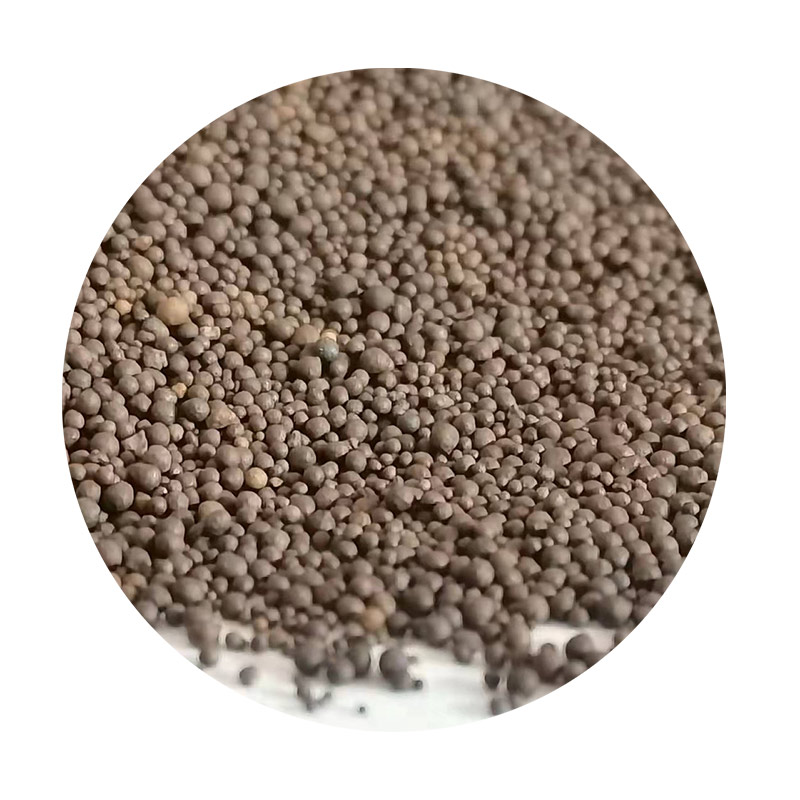Can I Sand Resin? A Comprehensive Guide
Resin crafts have gained immense popularity over the past few years, largely due to their versatility, unique aesthetic, and ability to create stunning visual effects. Whether you’re working with epoxy resin for jewelry, home decor items, or artistic pieces, understanding the finishing techniques becomes essential in achieving a professional look. Among these techniques, sanding resin is a common question that many crafters ask “Can I sand resin?” The straightforward answer is yes, but there are several important factors to consider to ensure you achieve the best results.
Understanding Resin Properties
Before delving into the sanding process, it’s vital to understand the properties of resin. Most commonly, resin is either epoxy or polyester. Epoxy resin is known for its clarity, durability, and resistance to yellowing, making it a popular choice for crafts. Polyester resin, on the other hand, is often used in larger construction projects, as it cures more quickly but tends to be less durable than epoxy and may yellow over time.
When resin cures, it forms a hard surface that can be sanded, however, caution must be practiced. Resin can be very smooth or glossy when fully cured, and sanding helps in reducing this shine or preparing the surface for painting or additional layers.
The Right Time to Sand
Timing is crucial when it comes to sanding resin. You should only sand resin after it has fully cured. Curing times can vary depending on environmental conditions and the type of resin used, but it's usually safe to sand after 24-72 hours. If you sand too early, the resin may still be tacky, leading to a messy finish or clogged sandpaper.
Choosing the Right Tools
To achieve the best results when sanding resin, a few essential tools are necessary
1. Sandpaper Choose sandpaper with varying grits. Start with a coarse grit (around 80-120) to shape the resin or remove larger imperfections. Gradually move to finer grits (220-400) to smooth the surface and achieve a polished finish.
2. Sanding Blocks or Pads Using a sanding block or a pad helps distribute pressure evenly over the area, preventing an uneven surface.
can i sand resin

3. Dust Mask When sanding, resin particles can become airborne. Wearing a dust mask is crucial to protect your lungs from inhaling harmful substances.
4. Water Wet sanding is an excellent technique used in resin projects. It minimizes dust and creates a smoother finish. If you’re wet sanding, make sure to keep the surface wet and use waterproof sandpaper.
Sanding Technique
When you begin sanding, the technique is important
1. Start with Coarse Grit Begin by using your coarse sandpaper to address any noticeable imperfections in the resin. Sand in a circular motion or back and forth along the surface to effectively wear down high spots.
2. Progress to Finer Grits Once the surface is smoothed out, switch to a finer grit sandpaper. This will help achieve that polished look. Continue to sand until the surface feels smooth to the touch.
3. Clean the Surface After sanding, clean the surface thoroughly to remove any dust or debris. A damp cloth works well for this, but make sure the surface is completely dry before proceeding to further finish or coating.
Final Finishing
Once you’ve completed the sanding process, consider applying a clear coat of resin or a suitable sealant for added protection and a glossy finish. This not only enhances the aesthetic appeal but also prolongs the life of your resin piece.
Conclusion
In conclusion, sanding resin is indeed possible and can greatly enhance your projects’ overall appearance. By understanding the resin properties, choosing the right sanding techniques, and taking proper precautions, you can achieve a professional and satisfying finish. Whether you’re a seasoned resin artist or a beginner, mastering the art of sanding will elevate your crafting experience and produce stunning resin pieces that you can be proud of. Happy crafting!
Post time:Гру . 04, 2024 21:34
Next:can you sand a 3d print
